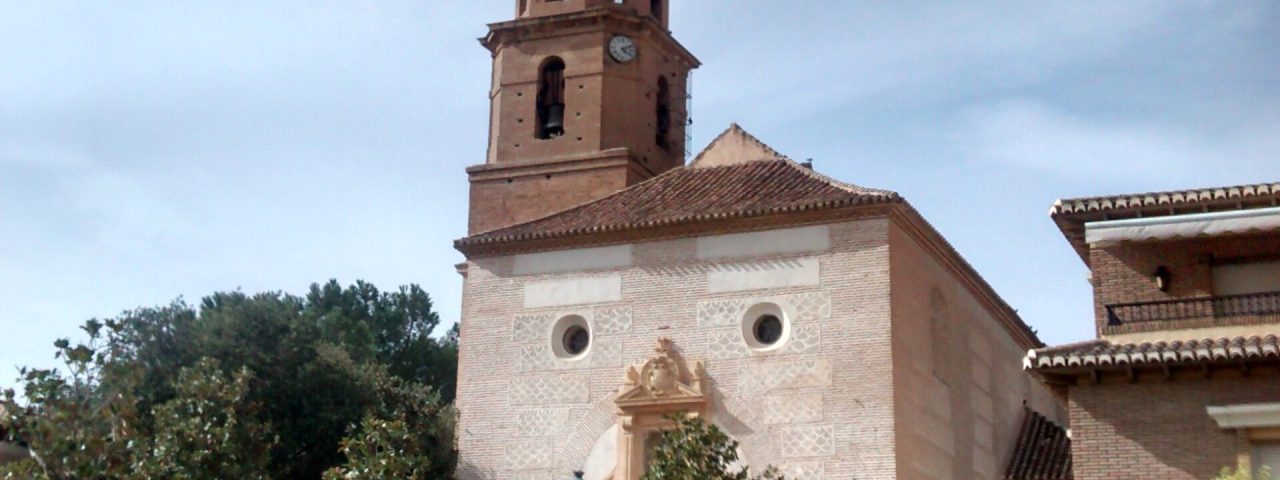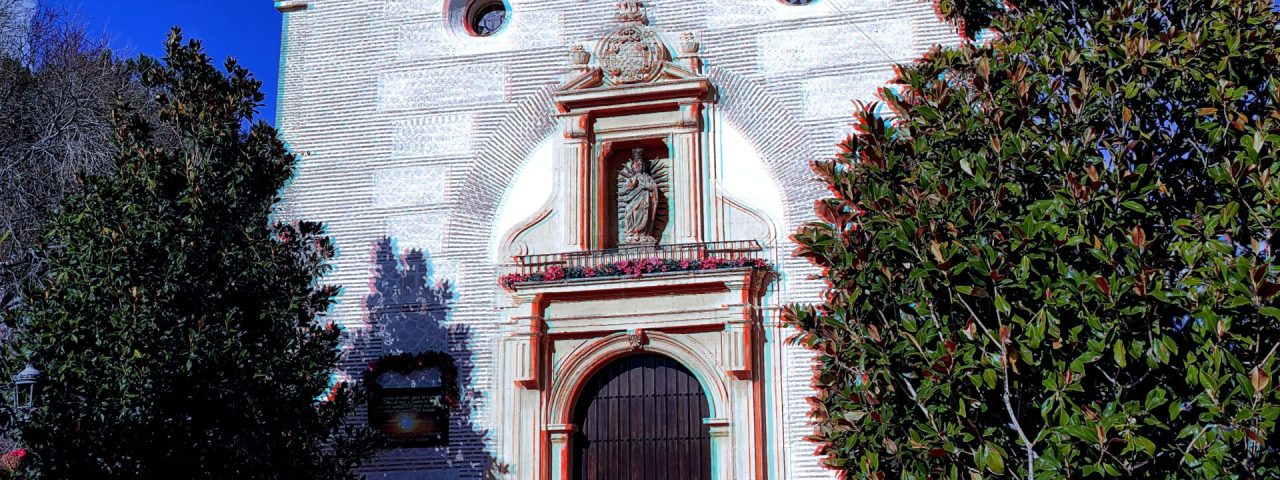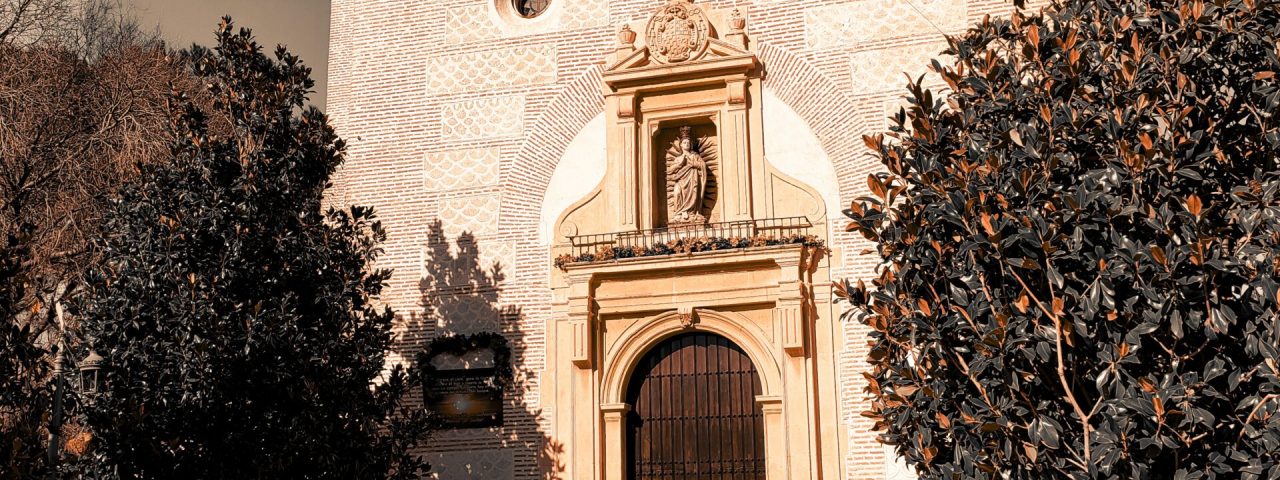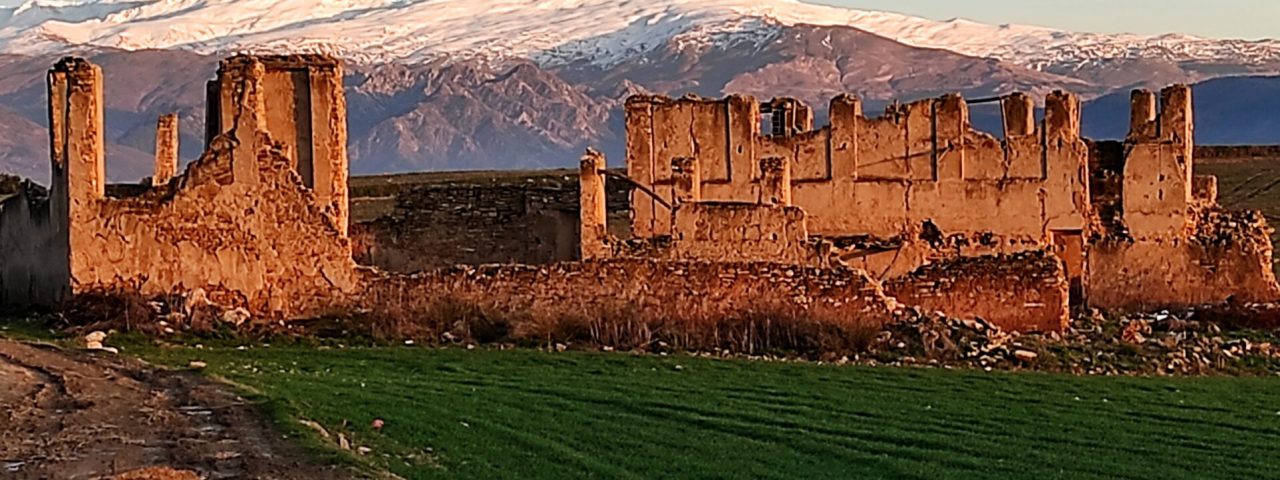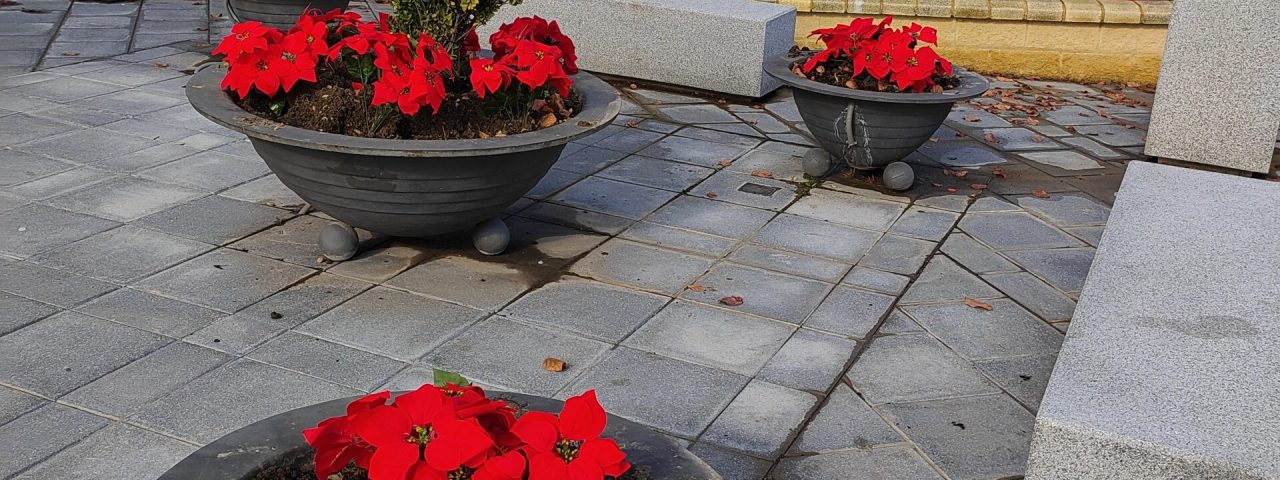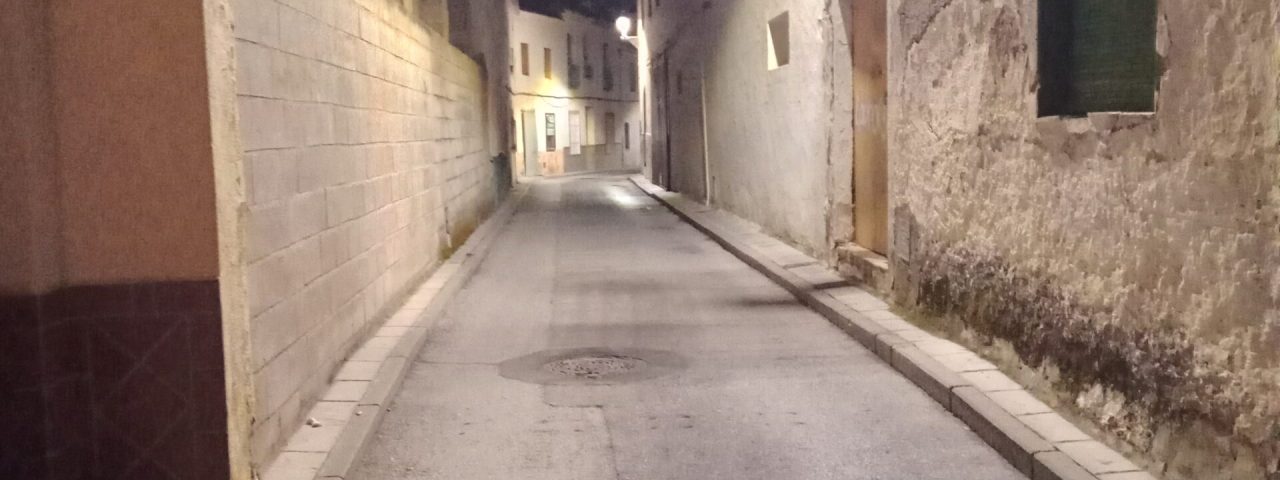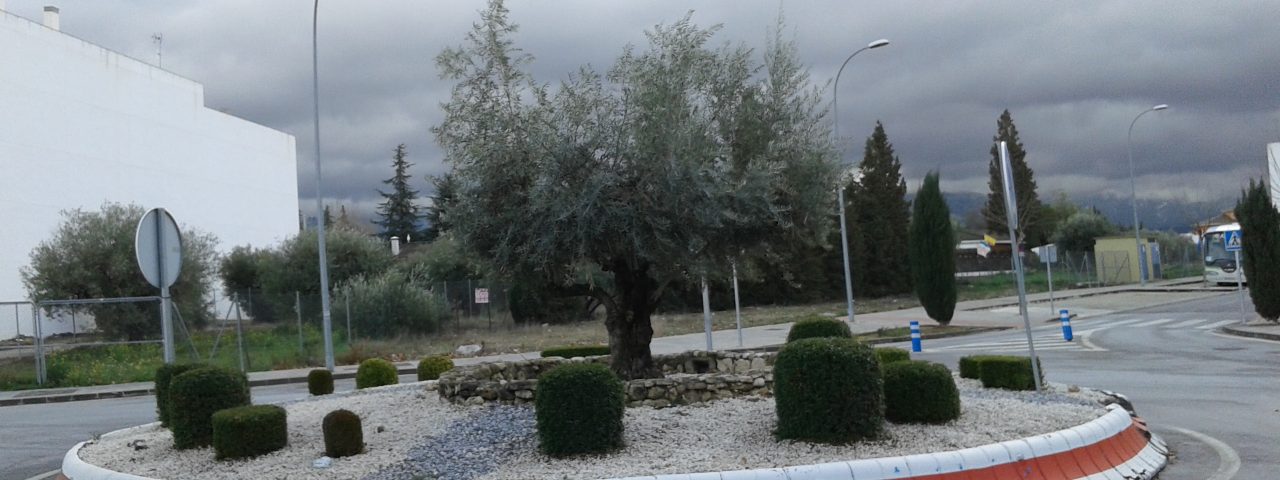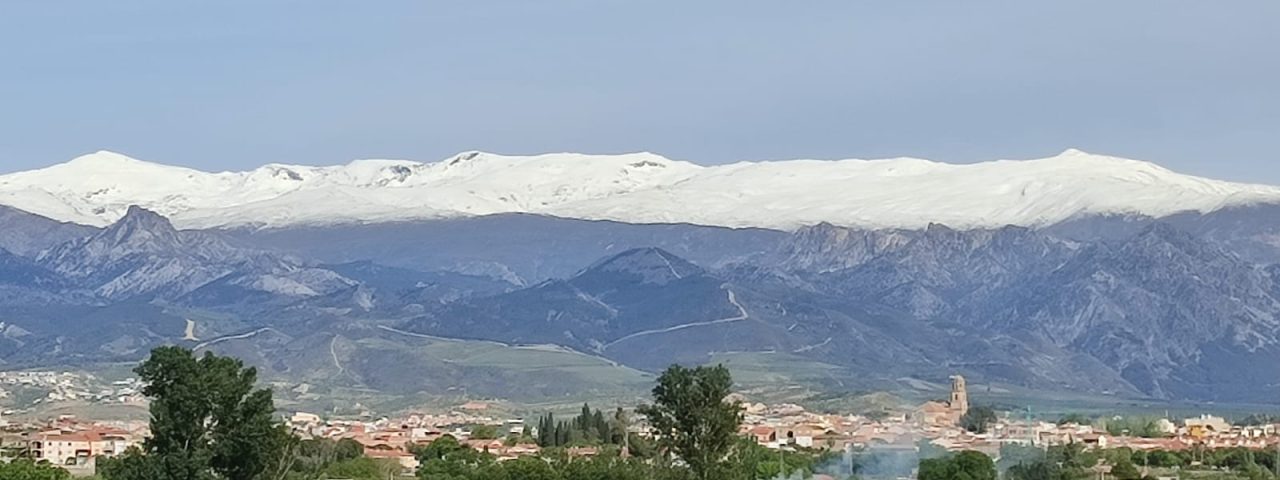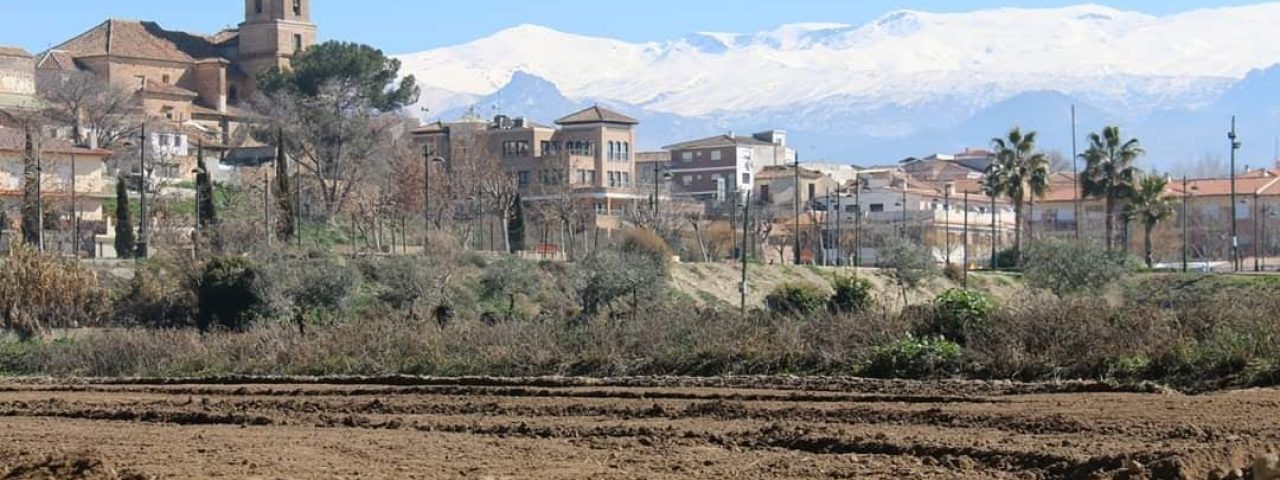Alhendín has a rich and varied history that dates back to the times of Roman and Moorish influence in Andalusia. Its name is derived from the Arabic “Al-Hinnin,” meaning “the yearning” or “the longing,” a nod to the town’s deep Moorish roots. During the Islamic rule of Spain, Alhendín was a significant agricultural center, known for its irrigation systems and fertile lands. After the Christian reconquest of Granada in 1492, the town underwent significant changes but retained much of its Moorish architectural and cultural influences, which can still be seen today.
Cultural traditions are an important aspect of life in Alhendín. The town hosts several local festivals throughout the year, including the annual “Fiestas Patronales” in honor of Saint Sebastian, the town’s patron saint. During these festivals, visitors can experience traditional Andalusian music, dance, and local gastronomy. Another significant cultural event is Semana Santa, or Holy Week, where religious processions fill the streets, showcasing the town’s deep-rooted Catholic traditions.
Alhendín also has a number of historical landmarks, including ancient Moorish watermills and ruins from the Roman era. The influence of multiple civilizations over the centuries has shaped the town into a cultural mosaic, with modern-day festivals and customs reflecting this rich historical legacy.
